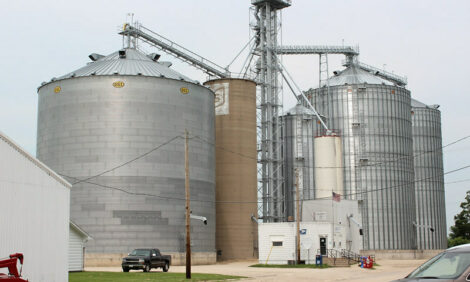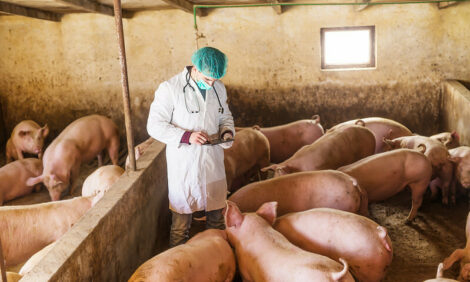



Diagnosing Swine Diseases Requires Diagnostics
ANALYSIS - Many swine diseases, including Porcine Reproductive and Respiratory Syndrome (PRRS), can "look" the same, making it difficult to diagnose, so veterinarians regularly rely on diagnostics to help identify the specific disease that their producer is dealing with the on farm.When diagnosing PRRS, Dr Bill Hollis, a practising veterinarian with Carthage Veterinary Practice in Carthage, Illinois, US, said: "When we are working with our producers, it's most important that we first understand - are we looking for the antibody or are we looking for the virus? Has the pig previously been exposed to PRRS and are we just trying to identify a previous history?"
Most common today, they're now looking for the virus using a PCR test that will use either a serum sample or oral fluid sample to identify the issue.
"It's critical that we're making good decisions and implementing timely decisions. Both serum and oral fluid are very common diagnostic samples," Dr Hollis said. "We can use those critical tests to look for the activity of more viruses other than PRRS."
Oral fluids test are a much easier sample to collect and it's easier to get a larger sample size, he said. Diagnostics can help veterinarians to make better focused decisions about the pathogen that's creating the problems.
"As we know with PRRS, when there are multiples organisms involved in an infectious process, it's much, much worse," he said.
The challenge is to make decisions based off the facts rather than guessing what could be happening or using a previous experience to try and diagnose a current problem.
"In some of our herds, we're actually looking at three different populations - we're looking at gilts, gilt entry, we're looking at the sow farms themselves and how they are developing and growing," he said. "Then we're looking at the baby pig population, all which could be onsite together. We're looking at various different populations within the group."
Dr Hollis' practice consults internationally and said some countries have outstanding laboratory services, but others are not as fortunate as the US who has excellent university and private laboratories around the country that can provide very timely, very accurate specific diagnostics.
"Some of the places we go in Asia are just begging for that type of diagnostics," he said.
"Some of our nearby partners, to the north in Canada or to the south in Mexico, they have access to labs. Really being able to get the samples to the lab quickly, and then having a lab that is validated, that is well-known and can respond quickly with results. That's where it's most important."
Making it more challenging, he said many regions where his practice consults have multiple disease issues that are different from US swine health challenges, creating a pile-on effect of multiple diseases in the area. Diagnostics are key to targeting the disease issues and forming a solution plan.
To learn more at the Swine Diagnostic and Disease Resource Center, click here.









